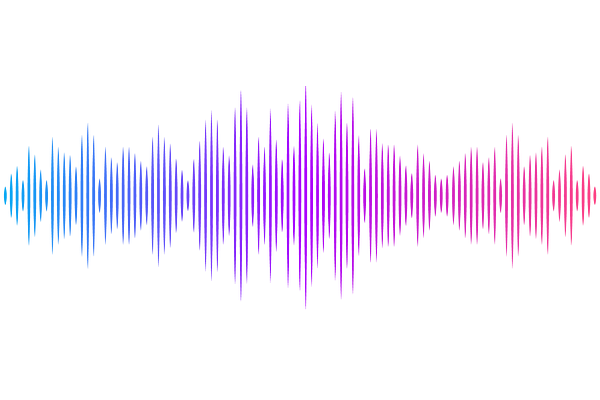Myeloid cell IL-15 production in the brain supports Bystander CD8+ T-Cell Neuropathic Immune Responses following Virus infection

Myeloid cell IL-15 production in the brain supports Bystander CD8+ T-Cell Neuropathic Immune Responses following Virus infection
Berger, J. N.; Rosales, A.; Heiden, D.; Monogue, B.; Beckham, J. D.; Berg, L. J.
AbstractThe central nervous system (CNS) includes a uniquely regulated immune response that supports homeostasis, response to injury, and response to pathogens. Recent work has shown that virus-associated immune responses in the CNS may contribute to neuronal injury and long term outcomes such as neurocognitive decline. However, the fundamental mechanisms that regulate acute infiltration of immune cells from vascular compartments into the CNS are not well defined. Using an attenuated Venezuelan equine encephalitis virus TC83 (referred to as TC83) to inoculate using olfactory and intracranial injections, we show that infection in the CNS and olfactory pathways results in rapid infiltration of both CD4+ and CD8+ T-cells as early as 3- and 5-days post-infection. CNS-infiltrating CD8+ T-cells exhibit a bystander, memory phenotype (CD49d+, Tbet+, NKG2D+, Eomes+), are cytotoxic, and are recruited independent of antigen specific responses. We show that infiltration of CD8+ bystander T-cells is supported by microglia and infiltrating macrophage expression of IL-15 and interferon expression in the CNS. These innate antiviral immune signals support activation of bystander CD8+ T-cells in the CNS that contribute to tissue injury independent of virus replication at early time points post-infection. These data support a mechanism by IL-15 stimulates bystander memory CD8+ T-cells to enter the CNS and contribute to injury independent of antigen-specific stimulation.